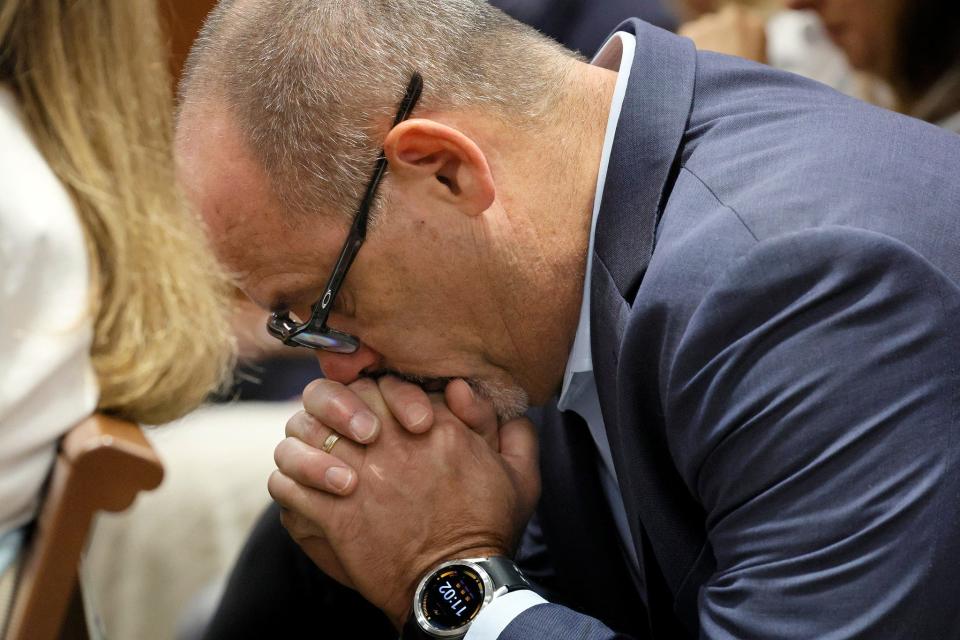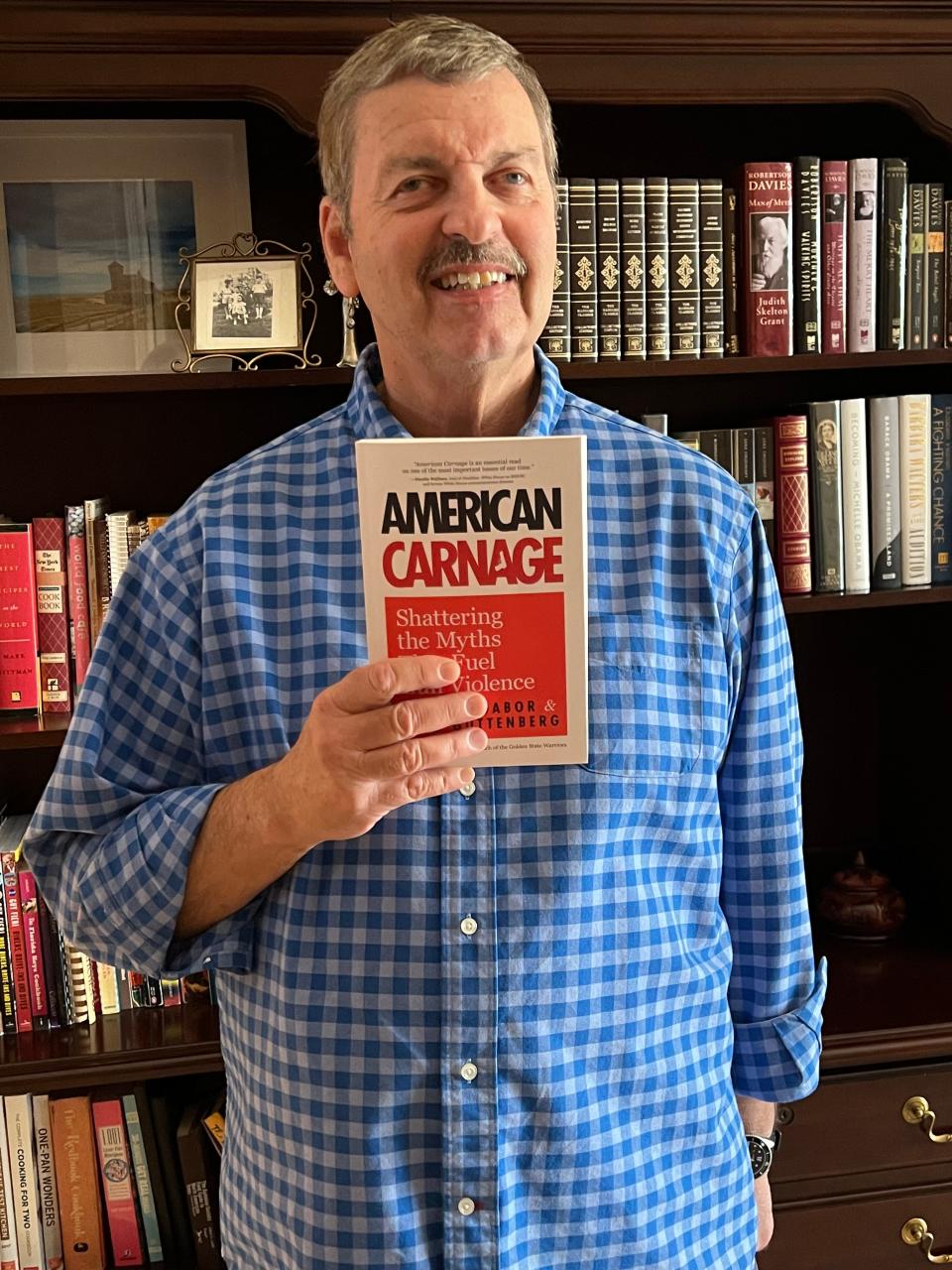Large body of misinformation is fueling American gun violence
Slogans like “Guns don’t kill, people do” and “The only thing that stops a bad guy with a gun is a good guy with a gun” reflect the decades-long campaign by the gun lobby and its allies to convince Americans that owning guns makes them safer. This campaign, based on a large body of misinformation, has made America a far more dangerous place. Our book American Carnage identifies and debunks close to 40 core myths that have led many Americans to mistakenly believe that carrying a gun and keeping one in the home will protect them rather than expose them to an elevated risk of harm.
Much of this misinformation stems from the radicalization of the gun lobby, beginning in the 1970s. Since then, the gun industry and gun rights organizations have made it their priority to convince Americans that an armed citizenry is the most effective way to shield ourselves from violence. This campaign has included stoking the public’s fear of crime, funding dubious scholarship by gun-friendly researchers, and shutting down federal funding of research showing that guns in the home put occupants at an elevated risk.
More on guns: On Parkland fifth anniversary, gun safety advocates cite 'less progress' than expected
More: '17 families did not receive justice,' says Fred Guttenberg after Parkland shooter verdict
The many false claims advanced by the gun lobby and extremists have real world consequences that make America a more dangerous place. The gun lobby has convinced some Americans that guns in the home, loaded and ready to use, as well as gun carrying, have a net protective effect. As a result, daily gun carrying has increased five-fold over the last 20 years and close to half of those with guns in the home store them loaded and accessible. Gun carrying is also enabled and legitimized by the increasing number of states—now 26 including Florida—that do not require a permit or any training to carry a gun. In this context, spontaneous disputes, including those at social gatherings and on the road, that turn lethal have been surging.

In the home, guns loaded and within reach—a departure from the days when guns were kept for hunting and sport—create increasing risk to occupants as unsecured guns are often the source of guns used by young people who commit violent crimes and suicide, and raise the risk of deadly accidents. The fact that gunfire is the leading cause of death among young people is, in part, a consequence of increasing the accessibility of guns in the home. We’ve also seen more incidents in which homeowners quickly grab a gun and discharge it when people have inadvertently knocked on the wrong door or turned into the wrong driveway.
The narrative that guns enhance public safety is contradicted by an enormous body of evidence showing that guns are far more often used in crime than for self-defense, guns in the home are more likely to be used against family members than intruders, and armed civilians rarely intervene successfully to thwart a mass shooter. International comparisons refute the gun lobby’s narrative that guns make us safer as the US stands alone among affluent countries in both its high gun ownership and gun mortality levels. Several nations have even warned their citizens against traveling to the US due to the gun violence levels here.
Other indications of the adverse effects of the increasing militarization of American society include:
· Nearly 50,000 Americans now die of gunfire each year;
· Mass shootings have doubled since 2020 over 2013-2018;
· More than half of US adults have been personally affected by gun violence, having been intimidated or injured with a gun, had a family member killed with a gun (including suicide), and/or witnessed someone getting shot; and,
· Nearly a third of Americans have avoided or considered avoiding concerts, sporting and other events with large crowds due to the fear of a mass shooting.
The gun lobby’s false narratives promoting an armed citizenry have had catastrophic results and its evasions and deceptions have led to our failure to address the conditions underlying gun violence. These include the mental illness dodge, the “weapon doesn’t matter” argument, and the claim that we just need better enforcement instead of new gun laws. Combating all the falsehoods is an essential part of addressing this critical issue.

Thomas Gabor is a criminologist and author of five books on gun violence, including American Carnage: Shattering the Myths That Fuel Gun Violence. Fred Guttenberg is a gun safety activist, senior adviser to Brady: United Against Gun Violence, and author of Find the Helpers and American Carnage.
This article originally appeared on Palm Beach Post: Gun misinformation fuels American violence

